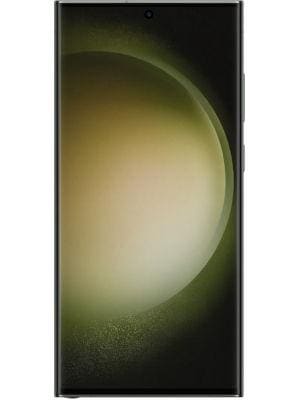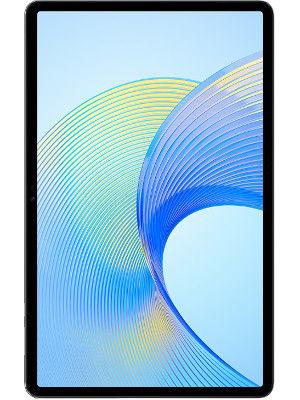Are asteroids a threat to Earth?
Asteroids are a permanent threat to Earth. So, if an asteroid seems to be potentially dangerous, ESA, NASA, and other space agencies collaborate to inform civil authorities. It is crucial to locate these asteroids as early as possible to get more time to deal with the threat.
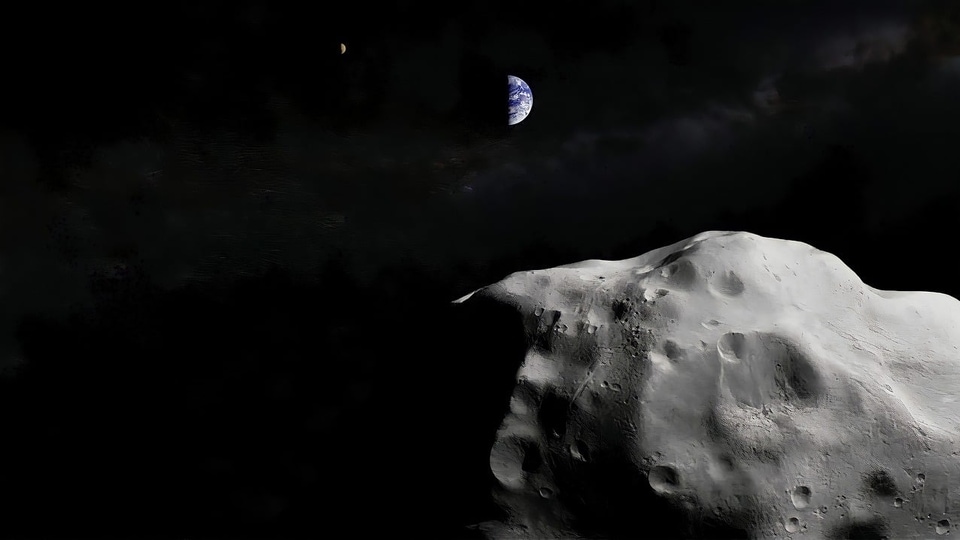
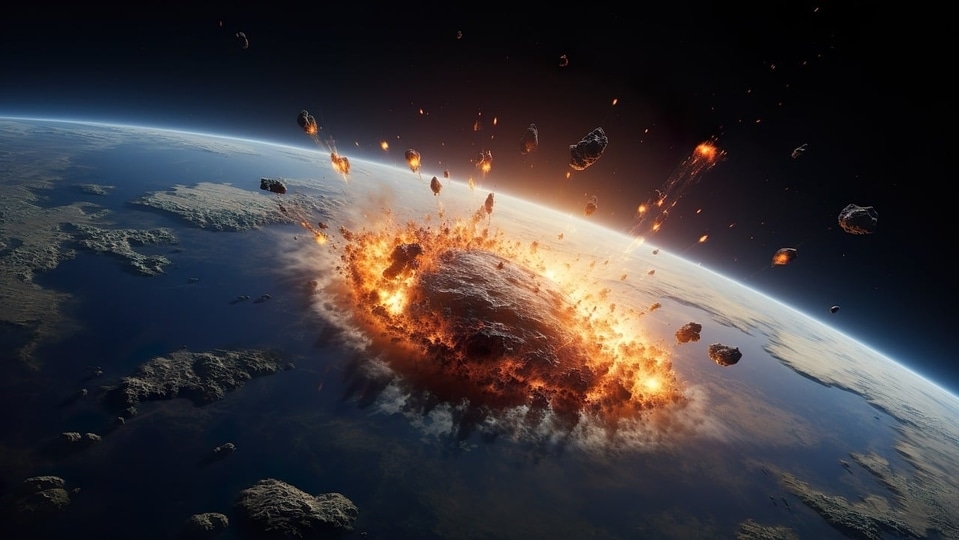
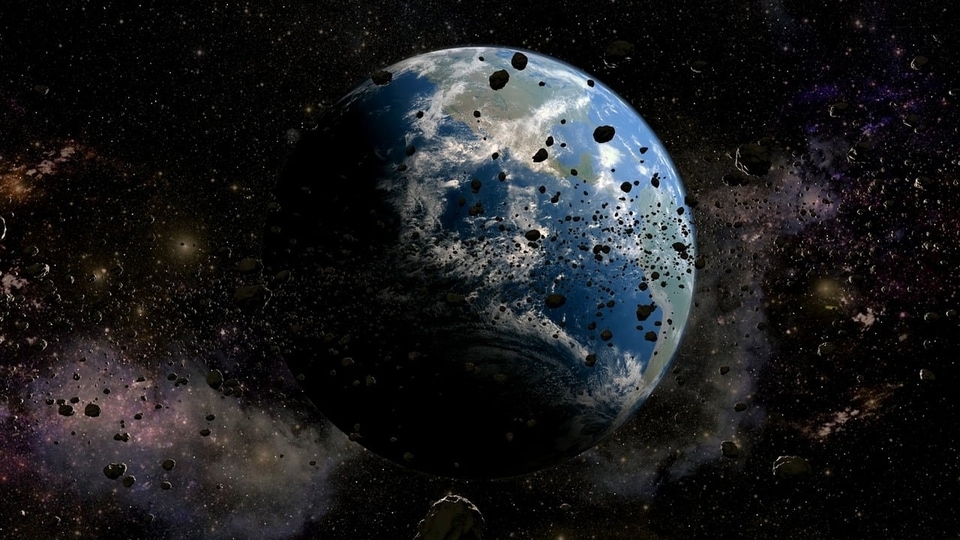
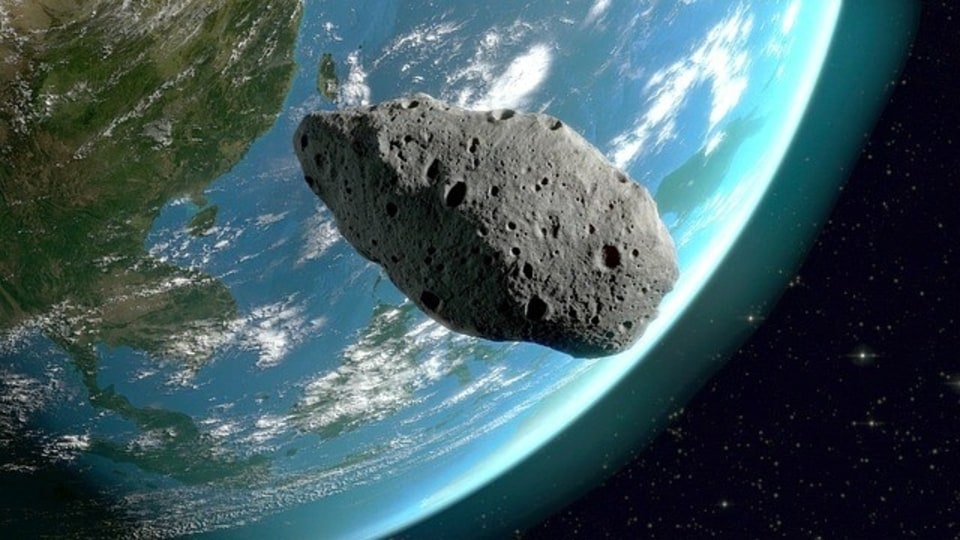
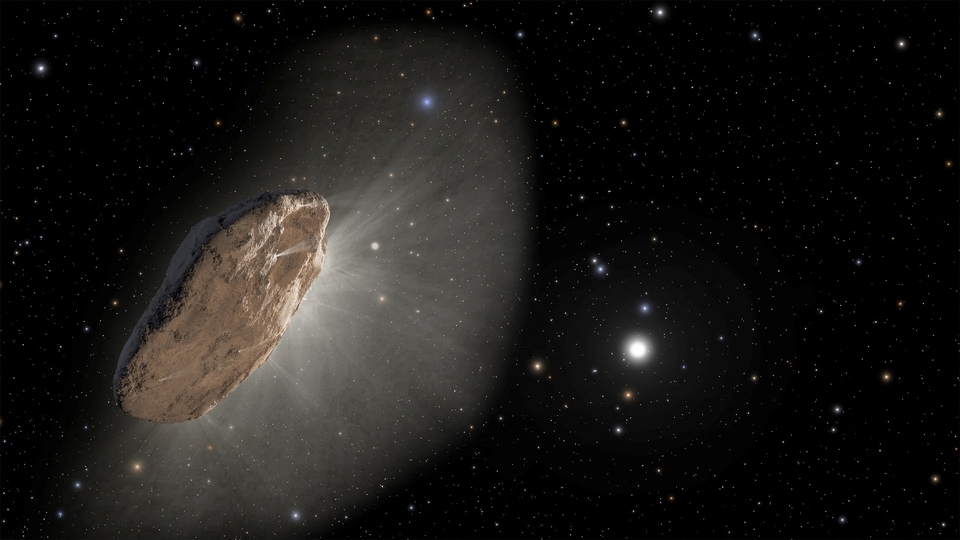
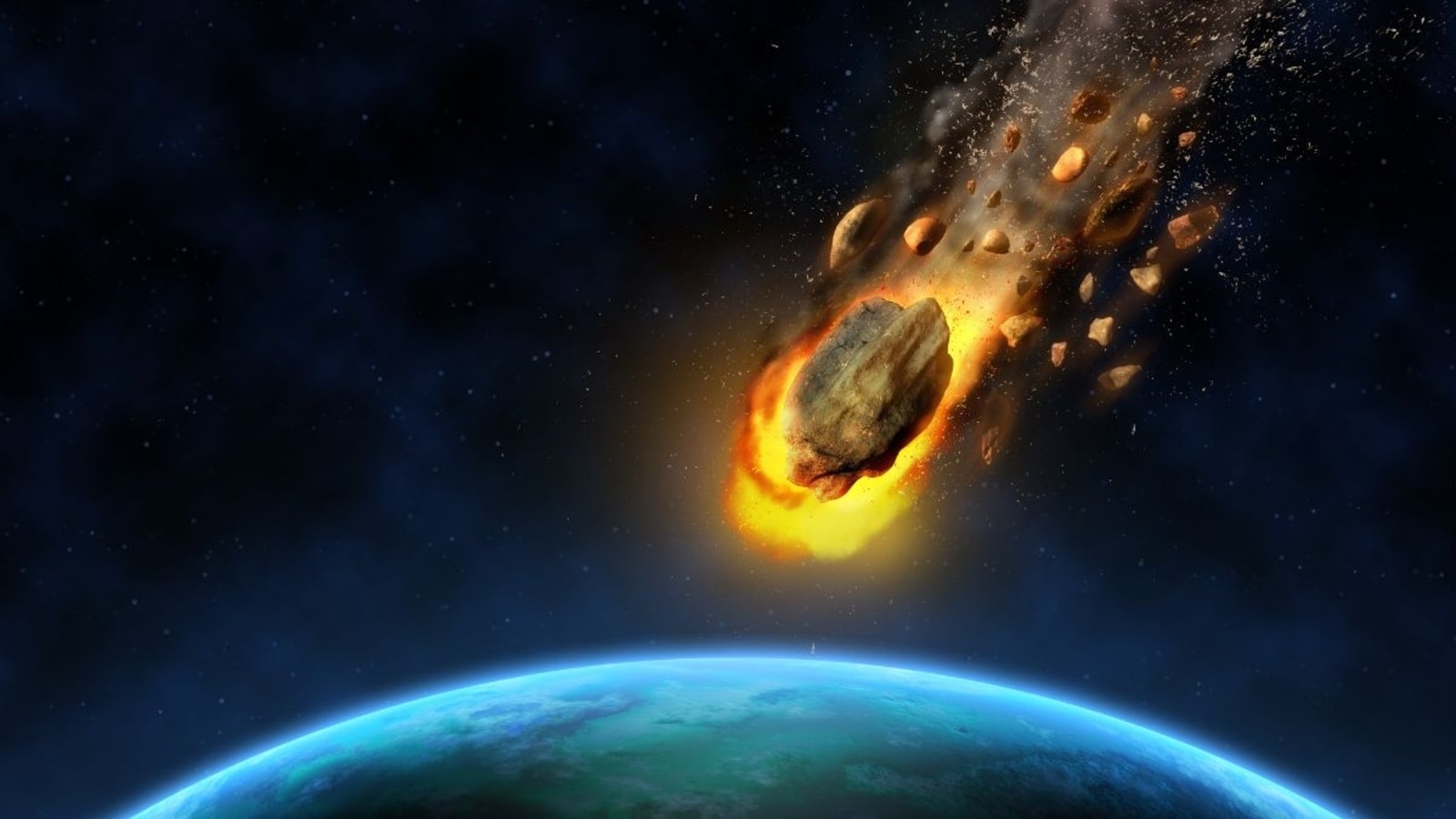
 View all Images
View all ImagesScientists are continuously trying to locate asteroid threats so that major precautions can be taken.At the European Space Agency (ESA), experts at the NEO Coordination Centre in Italy assess various factors to evaluate the potential risk posed by asteroids.These factors include the asteroid's trajectory, size, estimated mass, and composition, among others.
According to ESA, While some asteroids are massive and could cause significant destruction if they were to impact Earth, their overall population in our Solar System is relatively small, and over 90% of them have been detected and tracked.At present, no known asteroids pose any immediate concern, but many remain undiscovered, necessitating continuous search efforts.
Some asteroids are very small, less than 10 meters in diameter, and only a small number of them have been found among their estimated population. These smaller ones pose no threat if they were to impact Earth.
However, the real concern lies with the middle-sized asteroids, ranging from tens to hundreds of meters in diameter. There are numerous asteroids in this size category that remain undetected.
If one of them were to collide with Earth, it could cause significant damage to a city or populated area. Nevertheless, if we identify these asteroids early on, we can accurately predict their point of impact and implement measures to protect people.
Minor space centre
Observations from various sources worldwide, including ESA's Optical Ground Station, European observatories, and amateur astronomers, along with forthcoming data from ESA's Flyeye and Test-Bed Telescopes, are sent to the Minor Planet Center in the US, acting as an international hub for asteroid data.ESA's Near-Earth Object Coordination Centre and NASA's Centre for Near-Earth Object Studies utilize this data to determine the orbits of potentially hazardous asteroids and assess their risk level.
Catch all the Latest Tech News, Mobile News, Laptop News, Gaming news, Wearables News , How To News, also keep up with us on Whatsapp channel,Twitter, Facebook, Google News, and Instagram. For our latest videos, subscribe to our YouTube channel.


